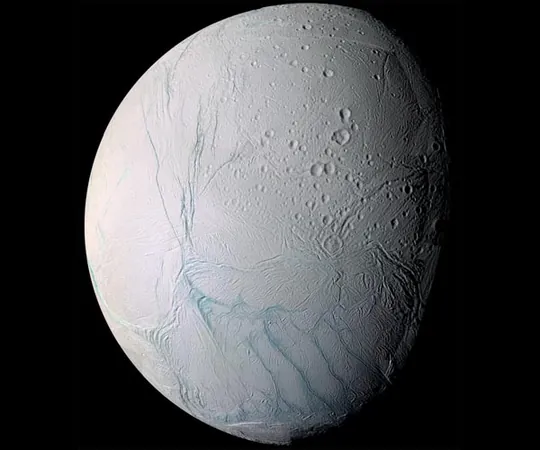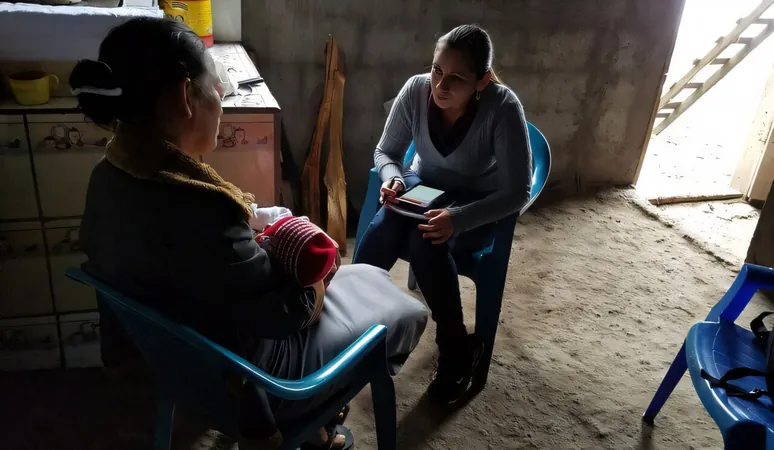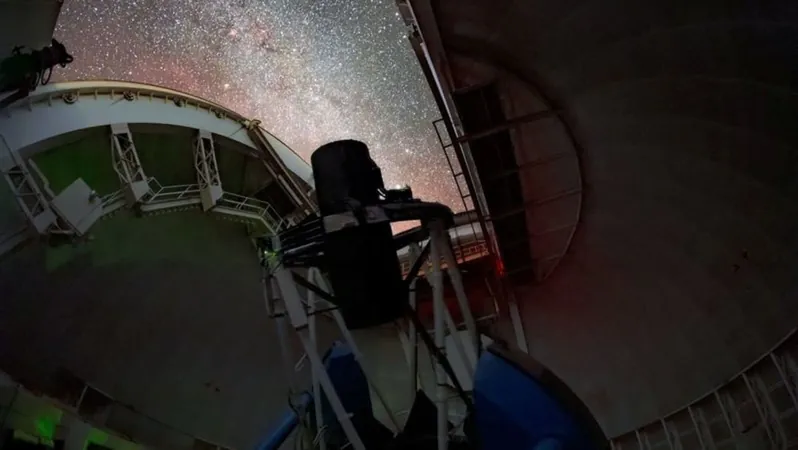
Scientists Harness Old Software to Unveil Secrets of Alien Life on Icy Moons!
2024-11-19
Author: Siti
In an exciting breakthrough that could reshape our understanding of extraterrestrial life, researchers at the Southwest Research Institute (SwRI) are repurposing a chemistry modeling tool, originally intended for predicting electrolyte behaviors and corrosion, to explore the potentially life-sustaining environments lurking beneath the frozen surfaces of icy moons in our solar system.
This innovative approach comes as part of NASA's ambitious Habitable Worlds program, which aims to leverage insights from Earth’s own geological history to unravel the mysteries of habitability beyond our planet. Specifically, the SwRI team is focused on icy moons like Europa and Enceladus, both of which are believed to harbor vast, hidden oceans beneath their thick crusts of ice.
Dr. Florent Bocher, the Group Leader at SwRI, has been at the forefront of this transformation, working closely with colleague Dr. Charity Phillips-Lander, a Senior Research Scientist who specializes in investigating organics under cryogenic conditions. Together, they recognized that the established modeling software could be adapted to simulate the extreme environments found on these moons, places that could potentially support microbial life.
Unlike many traditional environmental modeling tools, this particular software includes organic compounds, which are vital for life as we know it. “The question of habitability revolves around identifying environmental conditions that favor life over inhospitable settings,” explained Phillips-Lander. Many existing models fall short by not accounting for organic materials in the harsh conditions present on ocean worlds, limiting their predictive power. Their team's application of the tool has already shown promise, with models able to predict the presence of pores in ice that are rich in organic compounds—findings that align closely with observations from lab work.
Excitingly, their initial success has led to an expanded collaboration, including Dr. Mike Rubal, a staff scientist at SwRI, to further enhance the software’s capabilities. Thanks to a generous three-year, $750,000 grant from NASA's Habitable Worlds program, the team is poised to refine this tool even further, promising greater accuracy in predicting the conditions on moons such as Saturn’s Enceladus—a celestial body believed to host a subsurface ocean teeming with potential for alien life.
Bocher emphasized the significance of this advancement, stating, “It's one thing to know what chemical composition to expect, but it's much more beneficial to understand what specific compounds are present and in what chemical phases they exist.” Their collaboration with a specialized software provider aims to unveil critical data which can ultimately inform future exploratory missions that might seek definitive evidence of life beyond Earth.
As the quest for understanding whether we are alone in the universe continues, researchers are hopeful that through these innovative adaptations and advancements, we may soon be one step closer to uncovering the mysteries of life on distant icy worlds. Stay tuned as the journey to the stars unfolds!



 Brasil (PT)
Brasil (PT)
 Canada (EN)
Canada (EN)
 Chile (ES)
Chile (ES)
 España (ES)
España (ES)
 France (FR)
France (FR)
 Hong Kong (EN)
Hong Kong (EN)
 Italia (IT)
Italia (IT)
 日本 (JA)
日本 (JA)
 Magyarország (HU)
Magyarország (HU)
 Norge (NO)
Norge (NO)
 Polska (PL)
Polska (PL)
 Schweiz (DE)
Schweiz (DE)
 Singapore (EN)
Singapore (EN)
 Sverige (SV)
Sverige (SV)
 Suomi (FI)
Suomi (FI)
 Türkiye (TR)
Türkiye (TR)